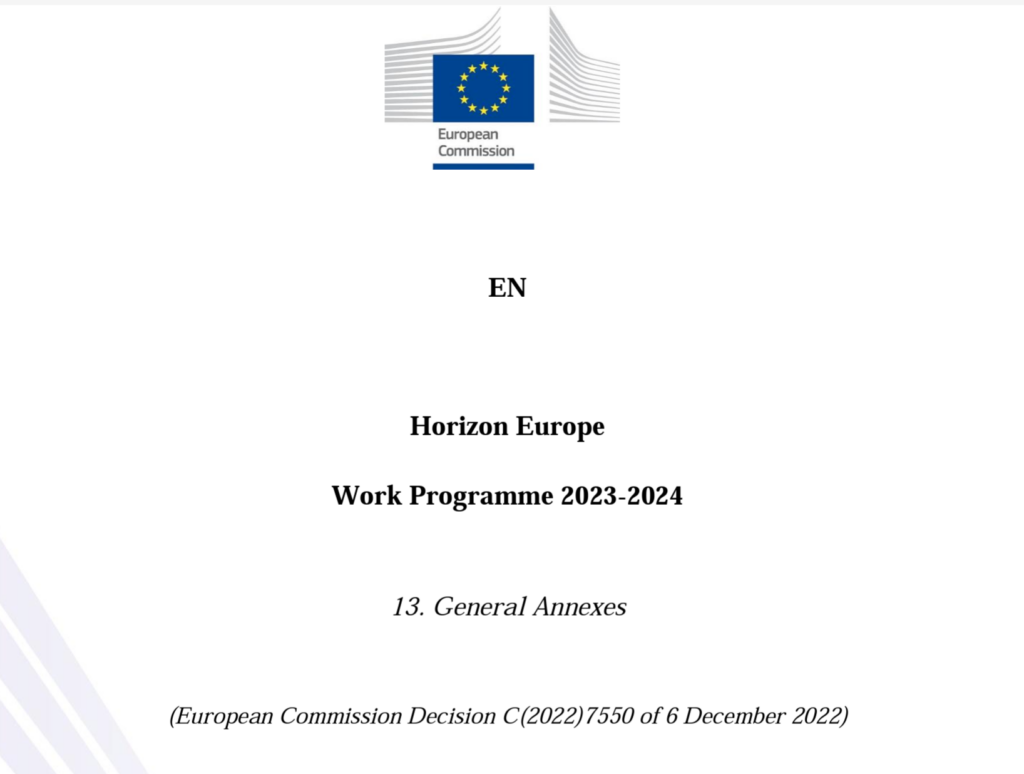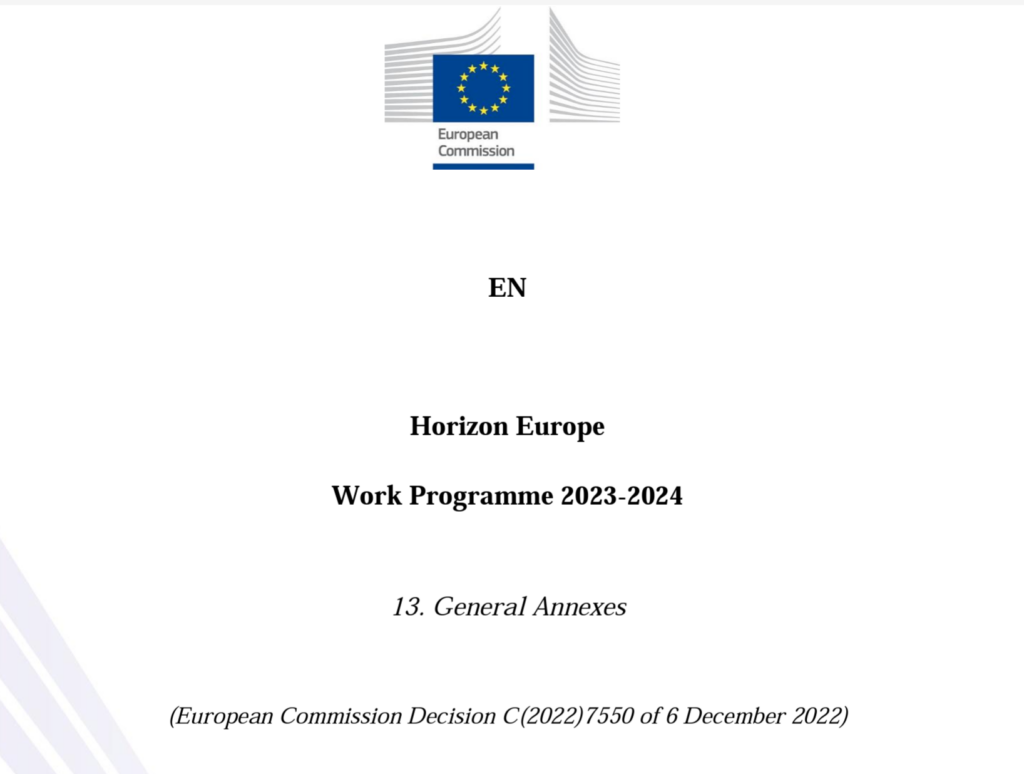A curated list of challenges, programs, funding opportunities, academic research and startups that have caught our eye.

Soil-friendly practices in horticulture, including alternative growing media
Project results should contribute to all of the following outcomes:
- Reduced carbon and overall environmental footprint of the horticultural sector[4] and more sustainable production systems, reducing negative impacts on soil health throughout the value chain.
- Novel products (e.g. alternative potting and soil-improving materials), production processes and management options for soil management are developed and tested and show improved environmental, social, health and safety performance, as demonstrated through improved testing and validation methods throughout the entire life cycle.
- Sustainable alternatives to peat are more widely available and used in conventional and organic horticulture.
- Policy measures and other incentives have been explored and elaborated to further the uptake of sustainable alternatives to peat.
Soils in spatial planning

Project results should contribute to all of the following outcomes:
- The value of soil functions and ecosystem services provided by soils is more systematically recognised and integrated in spatial planning and land use decisions in urban and rural areas, due to increased awareness of spatial planning authorities on the importance of soil functions and soil health overall. Therefore, the various societal demands for land are more easily reconciled.
- Municipalities and public authorities have information, data and planning tools at hand to develop and implement (participatory) strategies for more adaptive land management in accordance with land neutrality targets (no net land take by 2050). This will allow increasing land use efficiency, reducing soil sealing and applying the principles of the “land take hierarchy”[3].
- Spatial plans promote the use of nature-based solutions to support soil functions and the provision of ecosystem services, in particular on currently sealed areas.
- Approaches for rezoning, restoration and de-sealing are available and applied for building land and infrastructure which is no longer in use or to be reused.
Project results are expected to contribute to all of the following outcomes:
- Increased carbon sequestration and protection of carbon in soils, living biomass and dead organic matter, with environmental co-benefits safeguarded or enhanced, in different regions within the EU and Associated Countries where the selected living labs are operating.
- Increased capacities for participatory, interdisciplinary and transdisciplinary R&I approaches, allowing for effective cooperation between research, practice and policy, to tackle carbon farming challenges.
- Practice-oriented knowledge and tools are more easily available to land managers and contribute to an enhanced uptake of carbon farming.
- Strengthened collaborations between actors across territories and sectors as well as increased consideration of effective solutions for carbon farming in regions where the selected living labs are operating.
- Policy-makers in the EU and Associated Countries are more aware of local needs with regard to carbon farming and can use knowledge to design and implement more effective policies.
Co-creating solutions for soil health in Living Labs

Project results are expected to contribute to all of the following outcomes:
- Living labs across Europe are fully operational and have established themselves as places for co-creation and testing of solutions for soil health in rural and urban areas.
- Increased capacities for participatory, interdisciplinary and transdisciplinary R&I approaches, allowing for effective cooperation between research, practice and policy to tackle soil health challenges.
- Practice oriented knowledge and tools are more easily available to land managers and contribute to an enhanced uptake of solutions for soil health and related ecosystem services.
- Strengthened collaborations between actors across territories and sectors and increased consideration of effective solutions for soil health in regions where the selected living labs are operating.
- Policy makers in the EU and Associated Countries are more aware of local needs with regard to soil health and can use this knowledge to design more effective policies.
Project results should contribute to all of the following outcomes:
- Increased understanding of the impact of various types of soil pollution on soil processes, soil functions and related ecosystem services along with increased insight into how soil pollution responds to different land-uses and soil-management practices, restoration mechanisms, emission controls, climate extremes, drying-rewetting cycles and land cover dynamics at various scales.
- Enhanced access to soil relevant knowledge and data for a wide range of stakeholders that can inform practices and policies for reduced levels of pollution, enhanced take up of sustainable soil management practices and restoration of polluted soils, especially those with high risk to human health and environmental wellbeing.
- Enhanced capacities are in place to integrate diverse data streams (including from Earth Observation), to model and predict soil-related processes and their interactions with soil pollutants, and ultimately to demonstrate the effectiveness of policy measures (for air, water, soils) and their impact on soils.
- Data and tools available can feed effectively and further advance the “Destination Earth” initiative[1].
TheCollabEDIT will be published on the Collabwith Magazine once per week, however, you can join the Collabwith platform to check the funding and collaboration opportunities yourself every day, or as many times you want on the Collabwith Marketplace.
If you are looking for something more specific, we can make together a “Collaboration Plan” for you and your needs. Check up here the membership options or services.
ABOUT COLLABWITH
Collabwith is a technology and a service to structure collaboration for innovation. It’s a tool to connect academics-startups-organizations. Because a tool is not enough to transform how you collaborate, here we have created a new methodology, personalized trainings, a new way of communication and a tailored made consulting for you to be more effective and efficient, now.
Grow your business and innovation through smart collaborations with Collabwith innovative and holistic approach to collaboration.
Magazine: https://collabwith.co
CollaborationXInnovation Platform: https://platform.collabwith.co
Do you want to know more? Book a demo with us, Contact us here.
